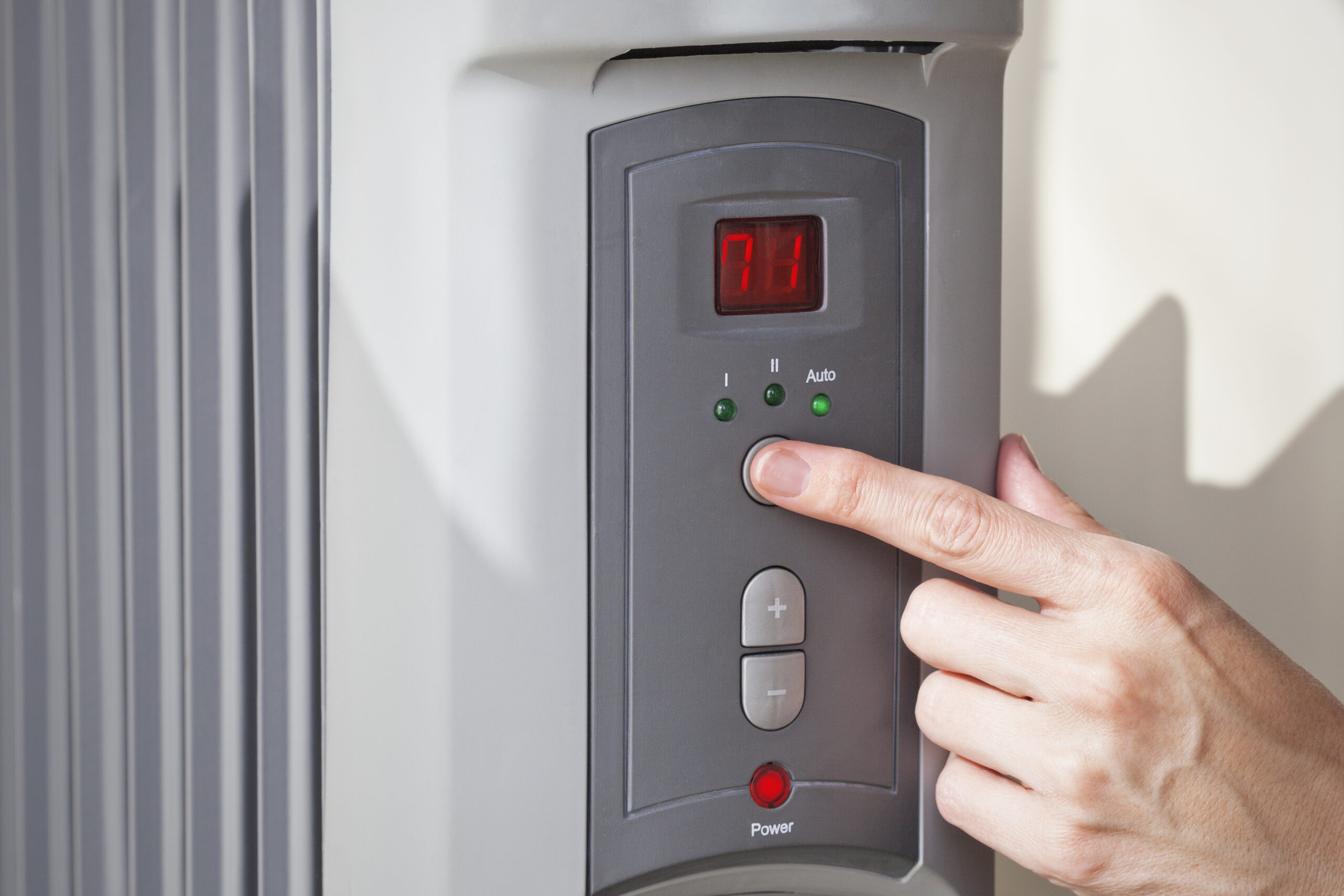If you are looking for ways to save time and money managing the temperature in your home, you have probably come across smart thermostats. They are the next big thing in HVAC technology and gaining ground in popularity, but, like any technology, smart thermostats are not an investment to make lightly. They have their uses, but they may not be a good fit for everyone. Also, there are different types of smart thermostats. Some may work wonders for you, but others will not work as well.
Here is what you need to know to evaluate whether smart thermostats are worth the investment for you.
Smart Thermostats are an Investment
These devices offer a new way for you to control your home heating and cooling, and realize the cost savings from using your HVAC system’s heating and cooling capabilities selectively, but they are also an investment. Most smart thermostats cost somewhere between $250 and $300, and a little more to install them properly. The cost of the device with installation will depend on the functions of the smart thermostat and the system in which it is being installed.
Cost Savings Can Be Significant
According to the United Stated Energy Information Administration (EIA), the average Alabama resident spends over $1,400 per year on electricity, and about $1,800 on total residential energy costs. Of this, 40 percent is spent on heating and cooling (18 percent on air conditioning and 22 percent on home heating) — or roughly $720. The Environmental Protection Agency’s EnergyStar program says that cost savings realized from using smart thermostats can be as high as $180 per year, reducing your energy costs by as much as 25 percent.
Recouping the Investment
At this rate, it would take 2-3 years before you break even on the investment of buying and installing a smart thermostat. Your personal cost savings may be less — those figures were listed as “up to” — but over time, the system will pay for itself. With an appreciation that long, this is not a device you want to install in a rental unless you intend to stay there at least five years. If you own the home, the device could add to your real estate value. According to a 2015 survey by Better Homes and Gardens, almost two out of three millennials are interested in having smart technology in their houses.
Not All Smart Thermostats are the Same
However, not all smart thermostats are the same. They have different features, and this affects the cost of the device as well as the installation. For instance, the Bryant® Wi-Fi® Thermostat gives you remote access and information on your energy usage, so you can tailor the schedule and system settings to be the most efficient for your preferences. Many smart thermostats do more. The Bryant® Preferred™ Zone Perfect Plus Zoning System controls temperature as well as humidity and it supports up to eight different zones, so you can plug in different preferences for the kids’ rooms and the home office.
Making a Smart Thermostat Work for Your System
Smart thermostats can save a bundle, and they can make your family more comfortable, but they are not universal. The Department of Energy recommends that people with certain HVAC systems, like heat pumps, either not use programmable thermostats or only use ones designed specifically to take advantage of the heat pump’s unique technologies. The DOE has issued similar recommendations for electric resistance heating, steam heat, and radiant floor heating. Why? Because programmable thermostats that do not take the technology of your particular HVAC system into account can cause it to run inefficiently and erode cost savings if not ultimately cost you more to have a smart thermostat.
If you are considering a smart thermostat for your home, give One Source Heating, Cooling, Plumbing & Electrical a call at (205) 509-1929. We can help you evaluate your existing heating and cooling system, compare it to your needs, and see whether a smart thermostat will work for you and your family. We can also discuss the costs involved and available financing for making sure your home’s HVAC system is working as efficiently as possible.
Image provided by Shutterstock



